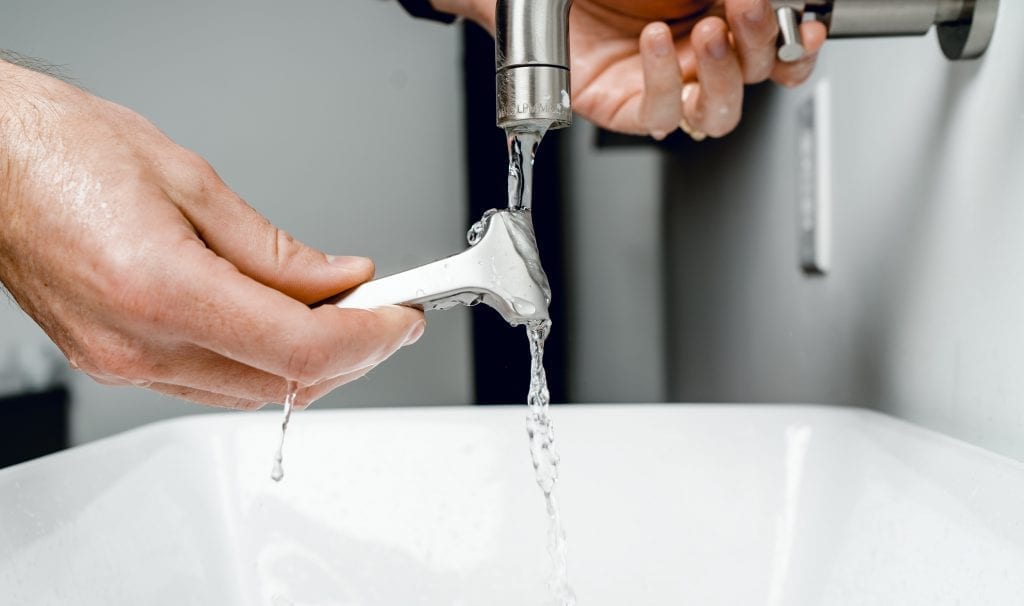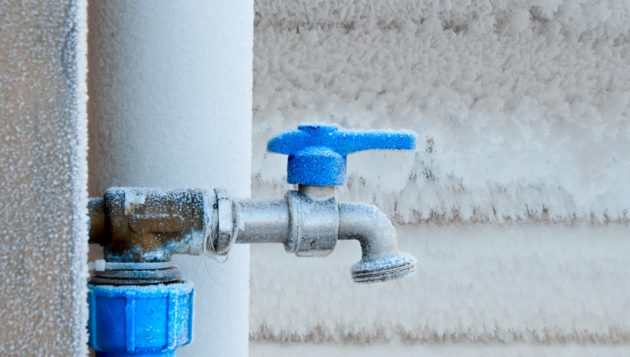Practical Methods for Winterizing Your Pipes and Avoiding Freezing in Frigid Weather
Practical Methods for Winterizing Your Pipes and Avoiding Freezing in Frigid Weather
Blog Article
On this page down the page yow will discover a bunch of excellent insight in regards to How to stop pipes from freezing during the winter.

All house owners who reside in warm environments should do their finest to winterize their pipelines. It is something you have to do throughout autumn prior to deep winter absolutely begins. Failure to do so can lead to catastrophe like icy, fractured, or ruptured pipelines. If the weather condition exterior is shocking, below are some convenient winterizing hacks to maintain your plumbing system protected even.
Activate the Faucets
When the temperature level decreases and it seems as if the cold temperature level will last, it will aid to switch on your water both indoors and also outdoors. This will certainly keep the water moving with your plumbing systems. In addition, the activity will reduce the freezing procedure. Especially, there's no requirement to turn it on full force. You'll wind up wasting gallons of water this way. Rather, aim for concerning 5 drops per minute.
Open Up Cabinet Doors Hiding Plumbing
When it's cool outside, it would certainly be helpful to open up cabinet doors that are masking your pipelines. Doing this little technique can keep your pipelines warm and also restrict the potentially hazardous end results of freezing temperatures.
Take Some Time to Cover Exposed Pipeline
One nifty and also simple hack to warm up frigid pipes is to cover them with warm towels. You can also make use of pre-soaked towels in hot water, simply don't neglect to wear safety gloves to guard your hands from the heat.
Attempt a Hair Dryer or Warm Weapon
When your pipes are almost freezing, your reliable hair dryer or warm gun is a blessing. If the hot towels do not assist displace any type of working out ice in your pipes, bowling hot air directly right into them may assist. You may finish up damaging your pipelines while attempting to thaw the ice.
When Pipes are Frozen, close Off Water
If you see that your pipes are entirely frozen or almost nearing that phase, turn off the major water valve right away. You will generally find this in your basement or laundry room near the heating unit or the front wall closest to the street. Transform it off right now to stop further damages.
Don't neglect to close exterior water sources, as well, such as your connection for the garden residence. Doing this will certainly prevent extra water from filling out your plumbing system. Unfortunately, with even more water, even more ice will accumulate, which will ultimately lead to break pipes. If you are not sure about the state of your pipes this winter months, it is best to call a professional plumber for an assessment. Taking this proactive method can save you hundreds of bucks in repairs.
All property owners that live in warm climates must do their best to winterize their pipelines. Failure to do so can mean catastrophe like frozen, broken, or ruptured pipes. If the warm towels do not help dislodge any type of clearing up ice in your pipes, bowling warm air straight right into them might aid. Turn off the primary water valve promptly if you notice that your pipes are totally frozen or practically nearing that stage. With more water, more ice will load up, which will at some point lead to break pipes.
PREVENT YOUR PIPES FROM FREEZING THIS WINTER
A Leading Cause of Property Damage
When the weather is taking a deep nose dive into the cold dreary days, the risk of your pipes freezing and potentially bursting skyrockets. Unfortunately, during these cold dreary months, burst pipes are the most common denominator for property damage. The pipes that are most at the risk are those that are in areas where it is most cold in your home. For instance, pipes located in interior places such as basements, attics, and your garage. Unfortunately, that doesn’t mean that the pipes running through your cabinets or exterior walls can’t freeze. Good news, however, is that you can do things to help prevent pipes from freezing.
How to Prevent Pipes From Freezing
Once the temperature starts to drop during the winter, you should be taking the proper measures needed to ensure that your pipes stay warm and that there is circulation of water through them. Some steps that experts may recommend could go against your better judgement when it comes to saving water and heat. However, it would go without saying that when expenses are compared, damaged pipes could put a bigger dent in your wallet than a water bill.
What Can I Do?
Keep your garage door closed. This is very important, especially if you have water supply lines running through your garage. Open your kitchen and bathroom cabinets to allow warm air to circulate through them. Allow air circulation throughout your home. Keeping the interior doors open will once again allow the warm air to circulate inside your home. Ensure your thermostat is running the same temperature throughout the night and day. If you plan to be away from home during the cold months, set your temperature no lower than 55° F. This should provide enough heat to keep the pipes warm and prevent any remaining water inside the pipes from freezing. For more of a long-term solution, add insulation to attics, basement, and other crawl spaces around your home. By allowing your faucet to drip, it will alleviate pressure in the system. This is important because the pressure that is created between the blockage and the faucet can potentially cause the pipes to burst. Allowing the faucet to drip will prevent the pressure from building up, therefore keeping the pipes from bursting. Seal any cracks, openings, and crawl spaces around your home to prevent cold air from coming inside. This keeps your pipes-not to mention your home-warmer and less susceptible to issues caused by freezing temperatures. For the pipes in your home that are easily accessible, applying electrical tape to them might prevent them from freezing over. This is a quick fix, as you can apply the tape directly to the pipe. There are two options for heating tapes. One turns on and off by itself when it senses heat is needed. The other type of heating tape needs to be applied when heat is needed and removed when not necessary. If you have exposed pipes in your home, you can check this website to take a look at a few options that would be available at a shop near you.

I recently found that entry on Winterizing Your Pipes when browsing on the search engines. Sharing is caring. You won't know, you will be doing someone a favor. Many thanks for taking the time to read it.
24/7 emergency? We're here! Report this page